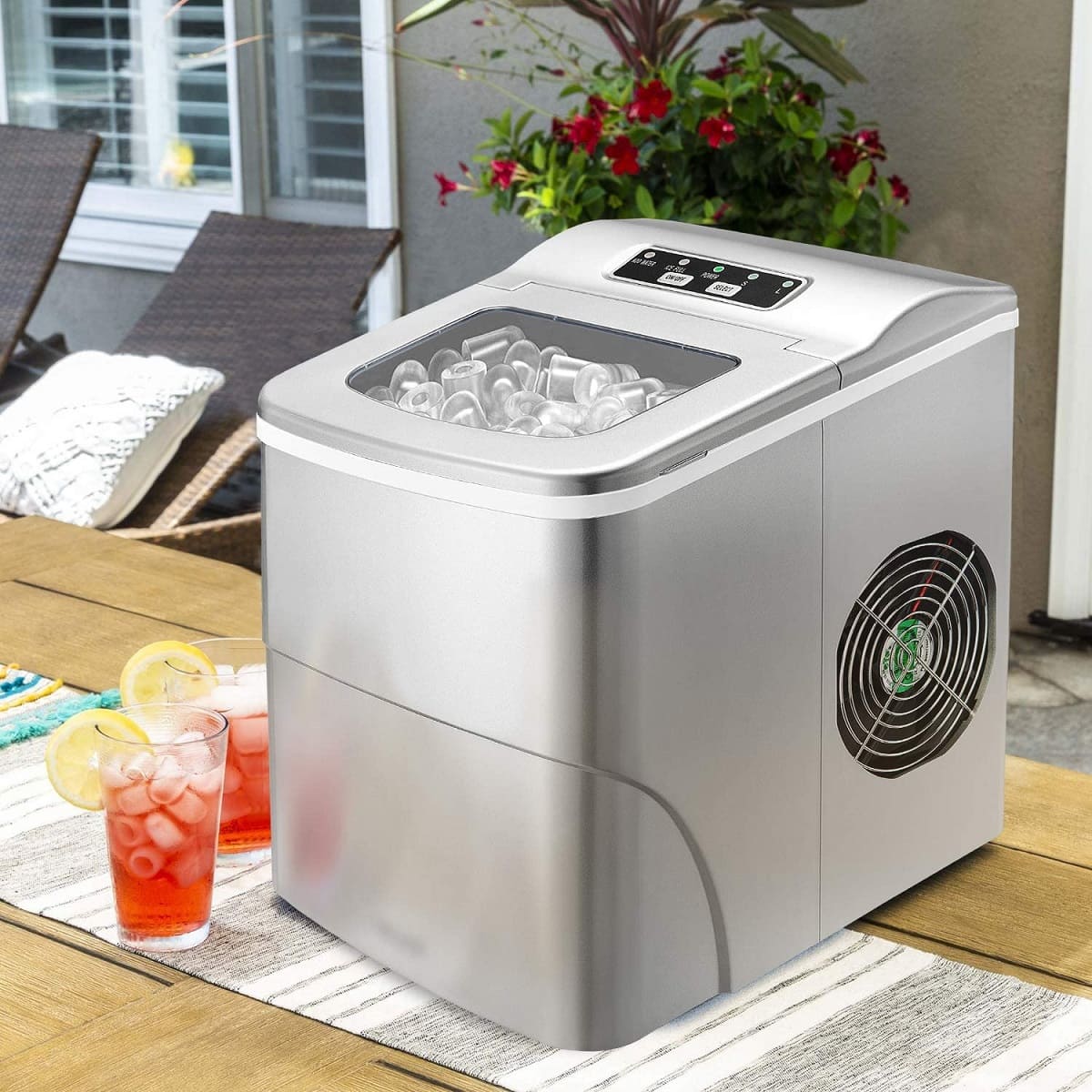

Articles
Why Is My Portable Ice Maker Not Working
Modified: January 6, 2024
Having trouble with your portable ice maker? Read our informative articles to find out why it's not working properly and how to fix it.
(Many of the links in this article redirect to a specific reviewed product. Your purchase of these products through affiliate links helps to generate commission for Storables.com, at no extra cost. Learn more)
Introduction
Welcome to the troubleshooting guide for your portable ice maker. If you’re experiencing issues with your ice maker and it’s not producing ice, don’t worry! There are several common reasons why your portable ice maker may not be working properly, and we’re here to help you identify and resolve them.
Having a portable ice maker at home or in your office can be incredibly convenient, providing you with a steady supply of ice for drinks, parties, or any other occasions. However, like any other appliance, ice makers can encounter problems from time to time. By understanding the potential causes of these issues, you’ll be better equipped to troubleshoot and resolve them.
Throughout this article, we’ll go over some of the most common problems that can arise with portable ice makers and offer practical solutions to get your ice maker back up and running.
From power issues to water supply problems, ice tray troubles to temperature concerns, and even cleaning and maintenance tips, we’ll cover it all. By following the troubleshooting steps provided, you can potentially save time and money by fixing the issue yourself, without the need for professional assistance.
However, it’s important to note that if you’re unsure or uncomfortable with performing any of the troubleshooting steps, it’s always best to consult the manufacturer’s manual or contact the customer support team for further assistance.
Now, let’s dive into the possible reasons why your portable ice maker is not working, and find the solutions to get your ice production back on track.
Key Takeaways:
- Keep your portable ice maker running smoothly by checking power supply, water line, ice tray, and temperature. Regular cleaning and maintenance are essential for optimal performance and longevity.
- Troubleshoot power issues, water supply problems, ice tray troubles, and temperature concerns to get your portable ice maker back on track. Regular cleaning and maintenance will ensure a continuous supply of fresh ice.
Read more: Why Will My Ice Maker Not Work
Power Issues
One of the first things to check if your portable ice maker is not working is the power supply. Here are a few common power-related issues and how you can troubleshoot them:
- No Power: Ensure that your ice maker is properly plugged into a functioning power outlet. Check if there are any loose connections or if the power cord is damaged.
- Tripped Circuit Breaker: If your ice maker suddenly stopped working, check your circuit breaker panel to see if a circuit has tripped. If it has, reset the breaker and see if that resolves the issue.
- Faulty Power Outlet: Sometimes, the power outlet itself may be faulty. Try plugging the ice maker into a different outlet to see if it starts functioning. If it does, the original power outlet may need professional attention.
- Power Fluctuations: Fluctuations in the power supply can impact the performance of your ice maker. Consider using a surge protector to protect your ice maker from sudden power changes.
If none of the above steps resolves the power-related issue, it is recommended to contact a qualified electrician or the manufacturer’s customer support for further assistance. They will be able to provide more specific guidance based on the make and model of your ice maker.
Remember to always exercise caution when dealing with electrical appliances. If you’re unsure or uncomfortable with performing any electrical troubleshooting tasks, it is best to seek professional help.
Water Supply Problems
If your portable ice maker is not producing ice, the issue could be related to the water supply. Here are some common water-related problems and their potential solutions:
- No Water: Check if there is a sufficient water supply to your ice maker. Ensure that the water reservoir is filled to the appropriate level. If the reservoir is empty, fill it with clean, cold water and allow the ice maker to start its cycle.
- Water Line Blockage: Over time, mineral deposits or debris can accumulate in the water line, causing a blockage. To fix this, gently remove the water line from the ice maker and check for any clogs. Use a small brush or pipe cleaner to clean out any obstructions and then reattach the water line.
- Incorrect Water Temperature: The water temperature can affect the ice production. Ideally, the water temperature should be between 45°F (7°C) and 90°F (32°C) for optimal ice making. If the water temperature is too high or too low, adjust it accordingly and monitor the ice production.
- Water Filter: If your ice maker is equipped with a water filter, check if it is clogged or needs replacement. A dirty or worn-out filter can restrict water flow and affect ice production. Consult the manufacturer’s instructions for proper maintenance and replacement of the water filter.
If you’ve checked all the above steps and your ice maker is still not producing ice, it is recommended to contact the manufacturer’s customer support for further assistance. They can provide specific troubleshooting guidance based on your ice maker’s make and model.
Remember to use clean, filtered water for your ice maker to avoid any potential issues caused by impurities. Regularly cleaning and maintaining your ice maker will also help prevent water supply problems in the long run.
Check if the water reservoir is filled and the water line is not blocked. Clean the condenser coils and ensure proper ventilation around the ice maker. If the problem persists, consult the user manual for troubleshooting or contact the manufacturer for assistance.
Ice Tray Troubles
If your portable ice maker is not working properly, it’s possible that there are issues with the ice tray. Here are some common problems related to the ice tray and how to troubleshoot them:
- Ice Tray Jam: Sometimes, ice cubes can get stuck or jammed in the ice tray, preventing it from properly cycling and producing new ice. Carefully remove the ice tray and check for any obstructions. Gently remove any stuck ice cubes or debris, ensuring that the tray is free to rotate.
- Malfunctioning Sensor: Your ice maker may have a sensor that detects the ice level in the tray. If this sensor is malfunctioning, it may not accurately detect when to start or stop ice production. Check the sensor for any damage or misalignment. Consult the manufacturer’s manual for specific instructions on how to troubleshoot or replace the sensor if necessary.
- Ice Thickness Adjustment: Some portable ice makers allow you to adjust the ice thickness settings. If your ice cubes are coming out too large or too small, you can adjust this setting to achieve the desired ice size. Refer to the manufacturer’s manual for instructions on how to adjust the ice thickness settings on your specific model.
- Ice Quality: If your ice cubes are not clear or have an odd taste or odor, it may be an indication of a problem with the water quality or filtration system. Ensure that you are using clean, filtered water and replace the water filter if necessary. If the issue persists, contact the manufacturer for further assistance.
If you’ve tried these troubleshooting steps and your ice maker is still not functioning correctly, it is recommended to contact the manufacturer’s customer support for additional guidance. They will be able to provide more specific instructions based on your ice maker’s make and model.
Regularly cleaning and maintaining your ice maker, including emptying and refilling the ice tray, will help prevent any potential issues and ensure smooth operation.
Temperature Concerns
If your portable ice maker is not working as expected, the issue might be related to the temperature. Here are some common temperature concerns and their potential solutions:
- Ambient Temperature: The ambient temperature around the ice maker can impact its performance. Most portable ice makers are designed to operate effectively in room temperatures between 50°F (10°C) and 90°F (32°C). If the surrounding temperature is outside this range, it may affect the ice maker’s ability to produce ice. Move the ice maker to a location with a suitable temperature and give it time to adjust before testing it again.
- Ice Storage Conditions: Check the temperature of the area where you’re storing the ice. If the ice storage bin or container is exposed to high temperatures or direct sunlight, the ice cubes may melt faster, reducing the overall ice production. Ensure that the storage area is cool and shaded to maintain the integrity of the ice.
- Ice Maker Cooling: Portable ice makers use various cooling mechanisms to freeze the water and produce ice. Check if the cooling system, such as the fan or compressor, is functioning properly. Any issues with the cooling system can lead to inadequate ice production. Consult the manufacturer’s manual for guidelines on how to inspect and troubleshoot the cooling system on your particular ice maker.
If you’ve gone through these steps and your ice maker is still not functioning properly, it is advisable to reach out to the manufacturer’s customer support for further assistance. They have the expertise to diagnose and resolve specific temperature-related issues with your ice maker.
Remember that proper ventilation is essential for the optimal performance of your portable ice maker. Ensure that there is enough space around the unit for air circulation, and avoid placing it near sources of heat or direct sunlight.
By understanding and addressing potential temperature concerns, you can help maximize the efficiency and effectiveness of your ice maker.
Read more: Why Is My Whirlpool Ice Maker Not Working
Cleaning and Maintenance
Regular cleaning and maintenance of your portable ice maker are essential to ensure its longevity and optimal performance. Here are some important cleaning and maintenance tips:
- Unplug and Empty: Before starting any cleaning or maintenance tasks, make sure to unplug the ice maker from the power source and empty the ice tray and storage bin of any remaining ice.
- Clean the Interior: Use a soft cloth or sponge dampened with a solution of mild dish soap and water to clean the interior surfaces of the ice maker. Pay special attention to the ice tray, water reservoir, and any other removable parts. Rinse thoroughly to remove any soap residue.
- Descale the Ice Maker: Over time, mineral deposits can build up in the water lines and internal components of the ice maker, affecting its performance. To remove these deposits, you can use a descaling solution recommended by the manufacturer. Follow the instructions provided in the manual to descale your ice maker effectively.
- Wipe the Exterior: Use a clean, damp cloth to wipe the exterior surfaces of the ice maker, including the control panel, lid, and housing. Avoid using abrasive cleaners or harsh chemicals, as they can damage the finish.
- Regularly Change the Water: To maintain the quality of your ice cubes, it is important to regularly change the water in the reservoir. Stagnant water can lead to odors and impurities in the ice. Follow the manufacturer’s guidelines on how often to change the water for optimal ice production.
- Inspect and Replace Parts if Needed: Regularly inspect the ice maker for any signs of wear or damage. Check the water lines, drain plug, and other components for leaks or cracks. If you notice any issues, contact the manufacturer or authorized service center for assistance in repairing or replacing the defective parts.
Following a consistent cleaning and maintenance routine will help keep your ice maker running smoothly and ensure the production of clean and refreshing ice cubes. Refer to the manufacturer’s manual for specific cleaning and maintenance instructions tailored to your ice maker model.
By taking proper care of your portable ice maker, you can prolong its lifespan and enjoy a continuous supply of fresh ice for all your needs.
Frequently Asked Questions about Why Is My Portable Ice Maker Not Working
Was this page helpful?
At Storables.com, we guarantee accurate and reliable information. Our content, validated by Expert Board Contributors, is crafted following stringent Editorial Policies. We're committed to providing you with well-researched, expert-backed insights for all your informational needs.
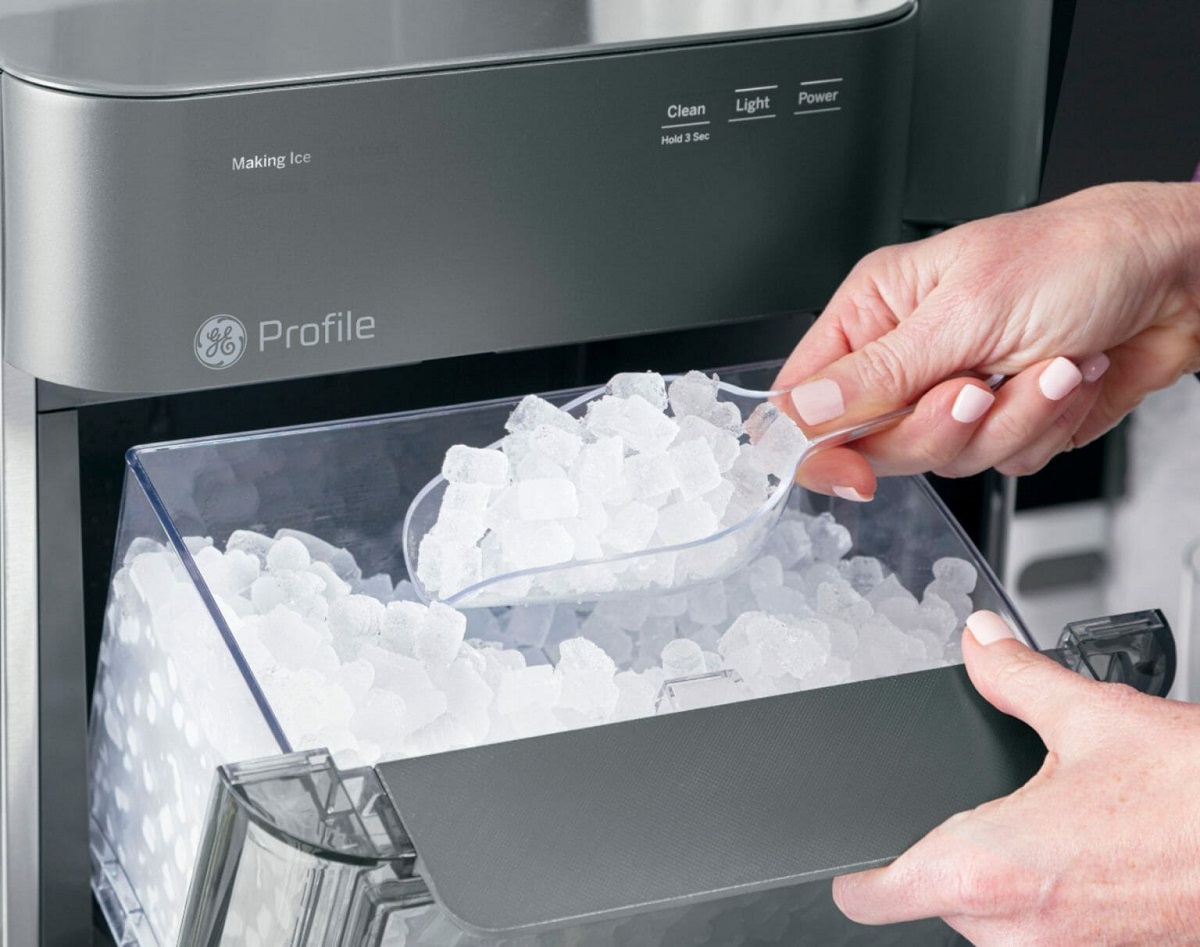
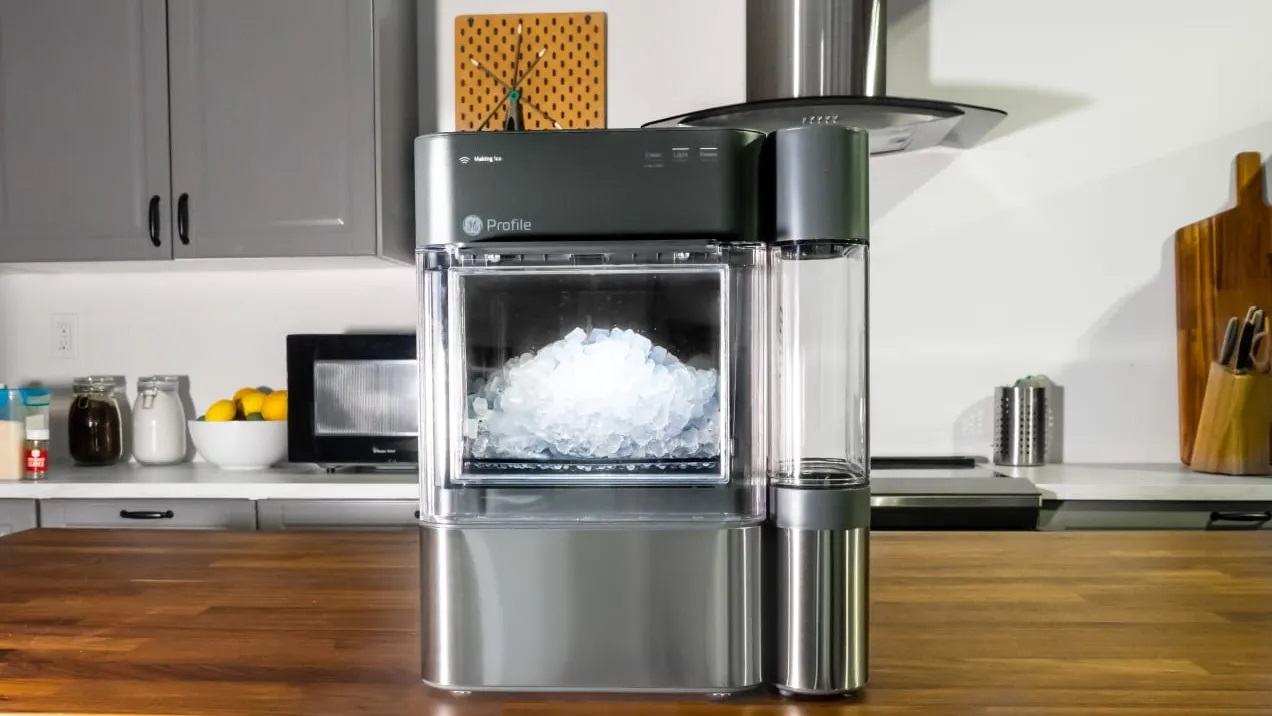
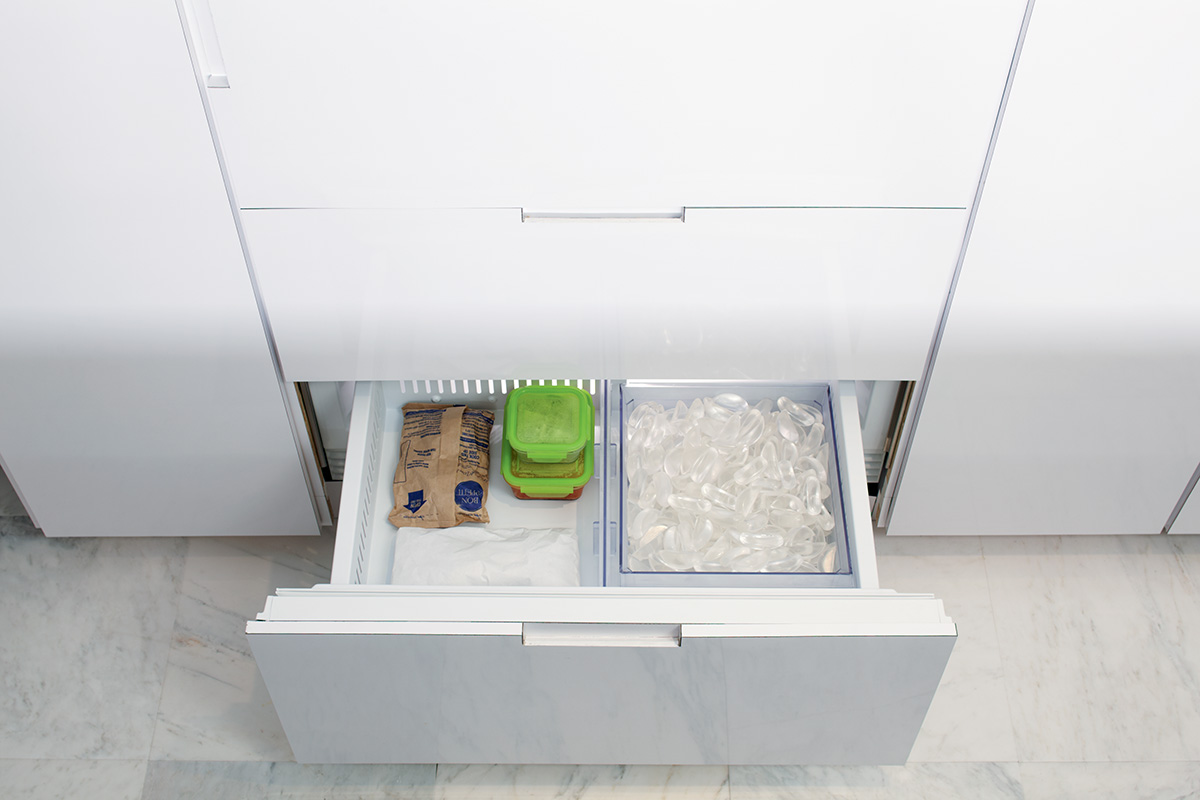
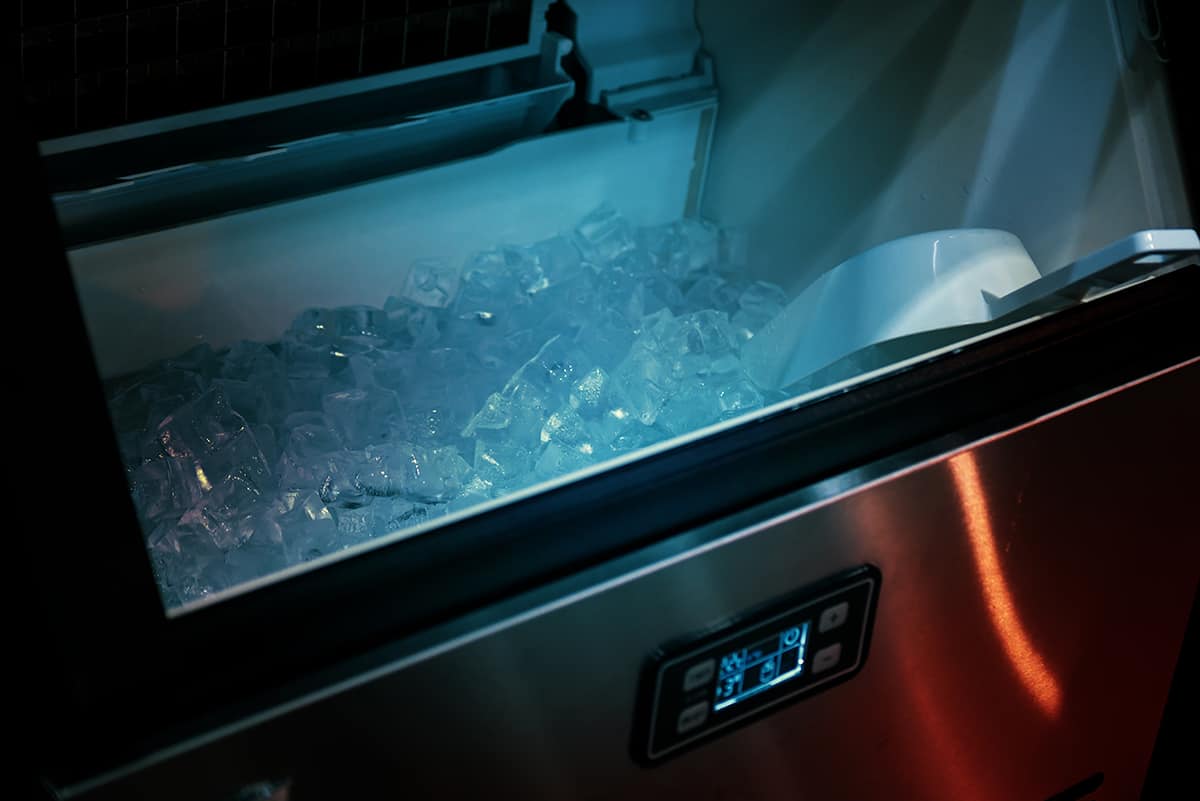
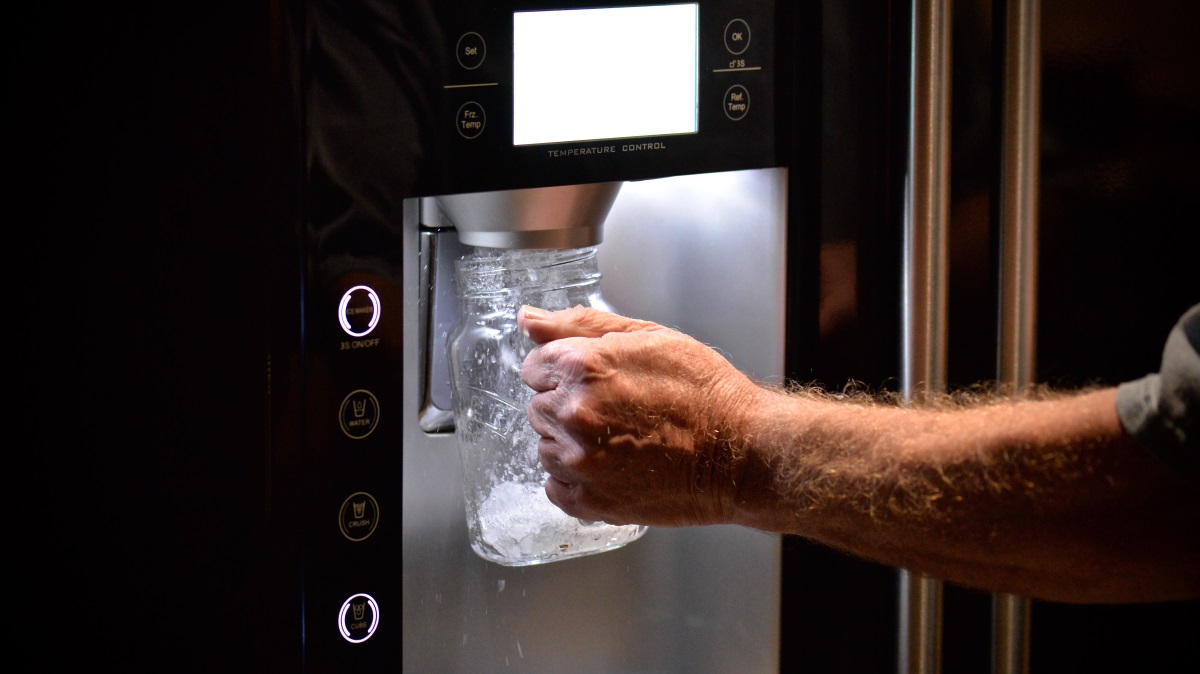
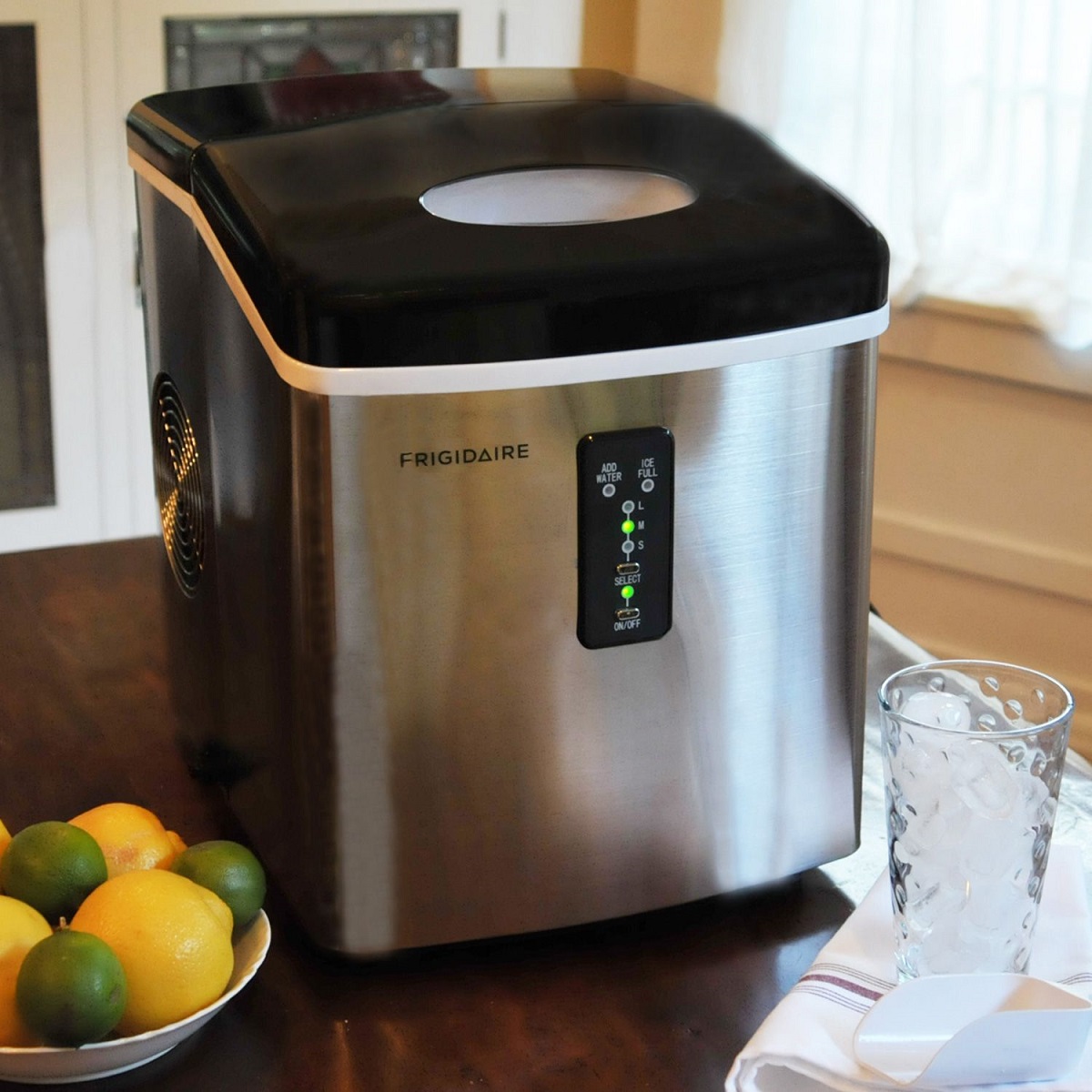
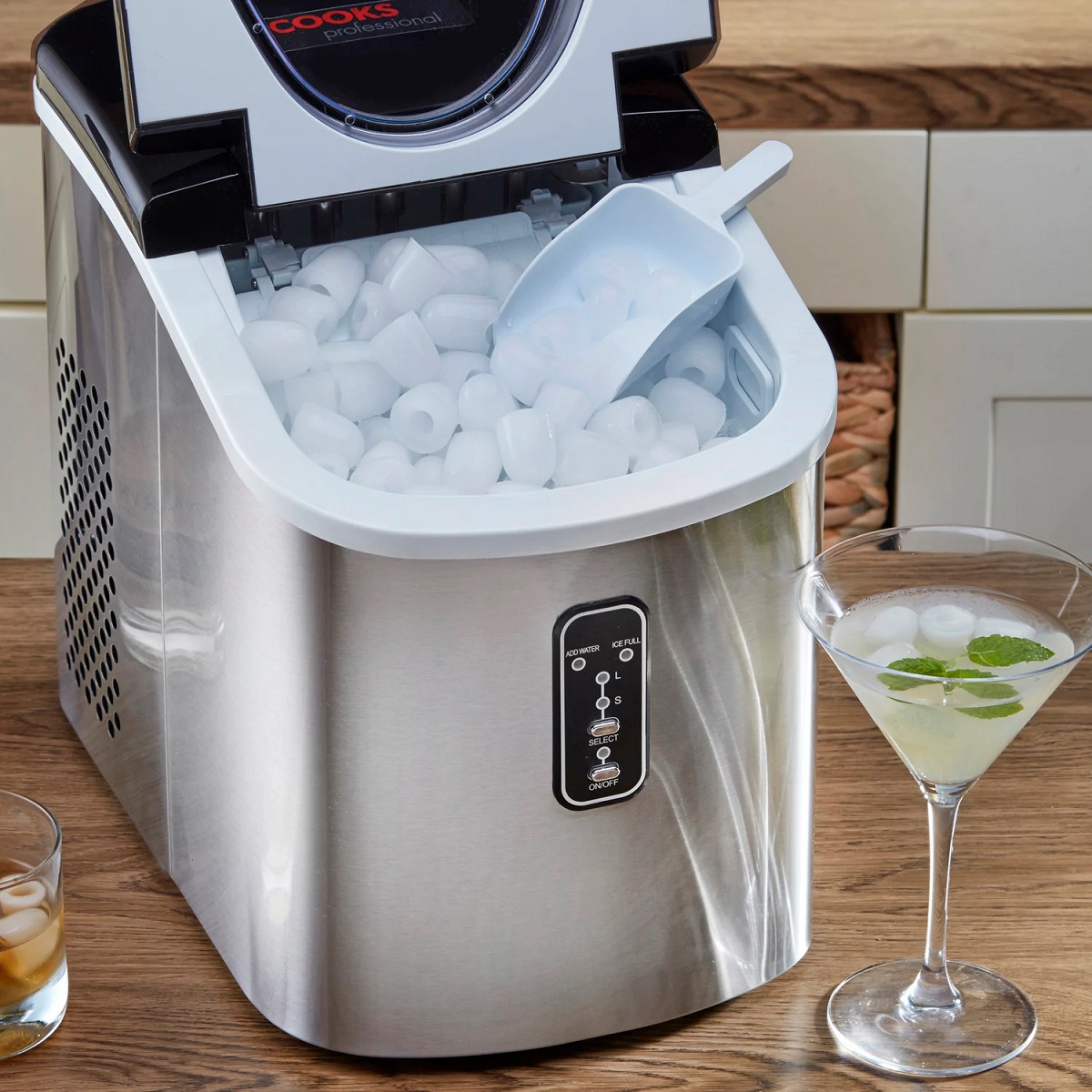
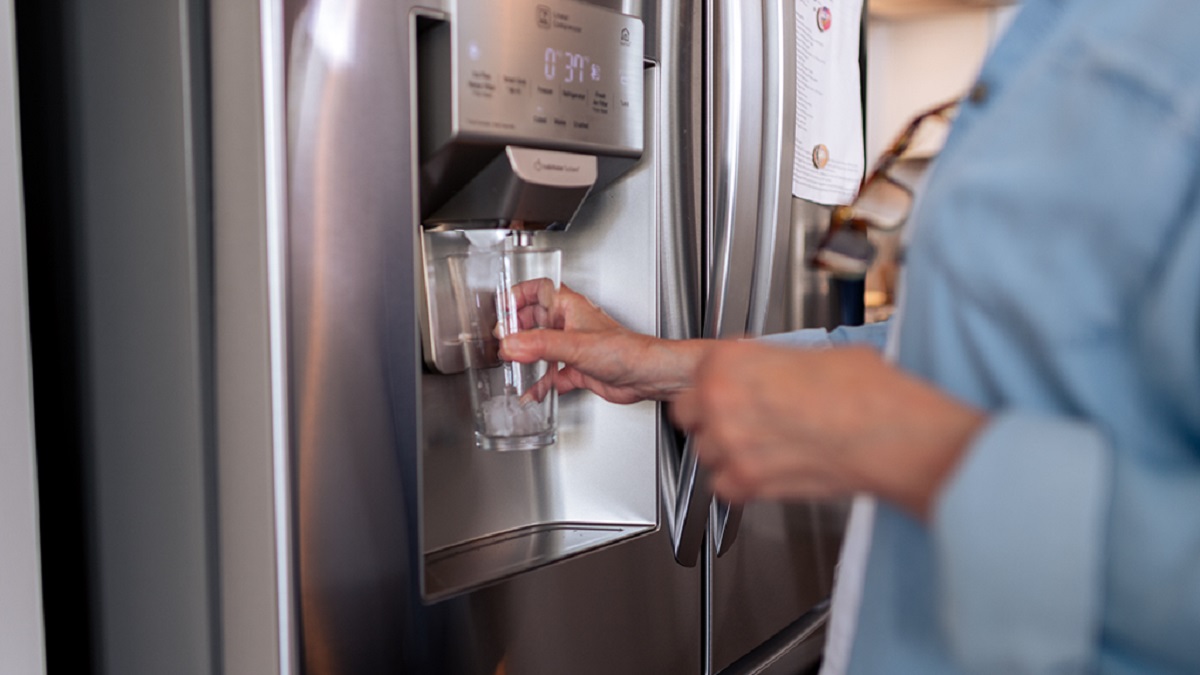
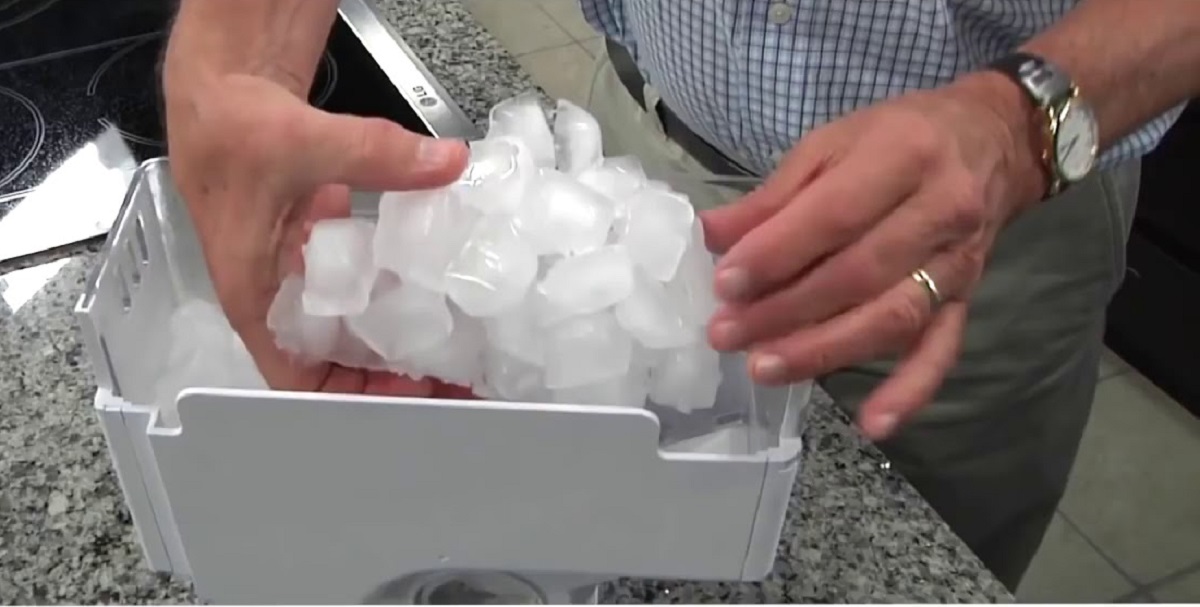
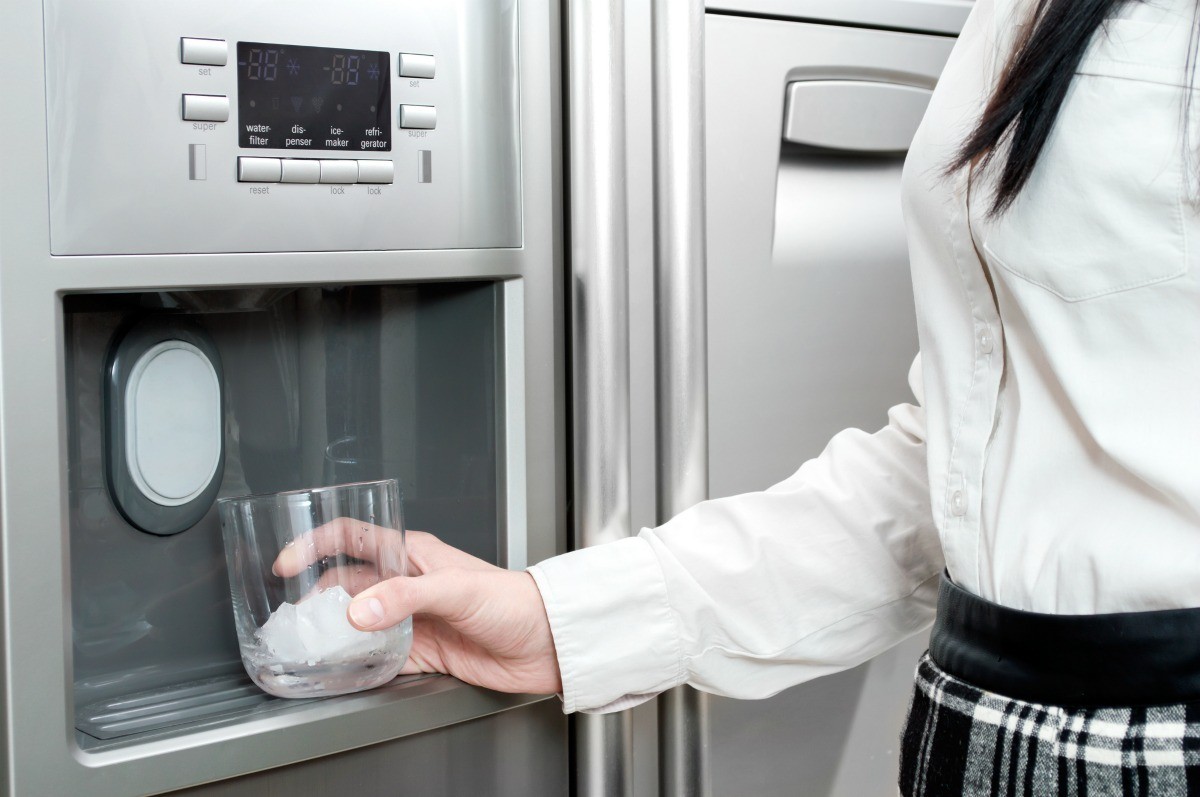
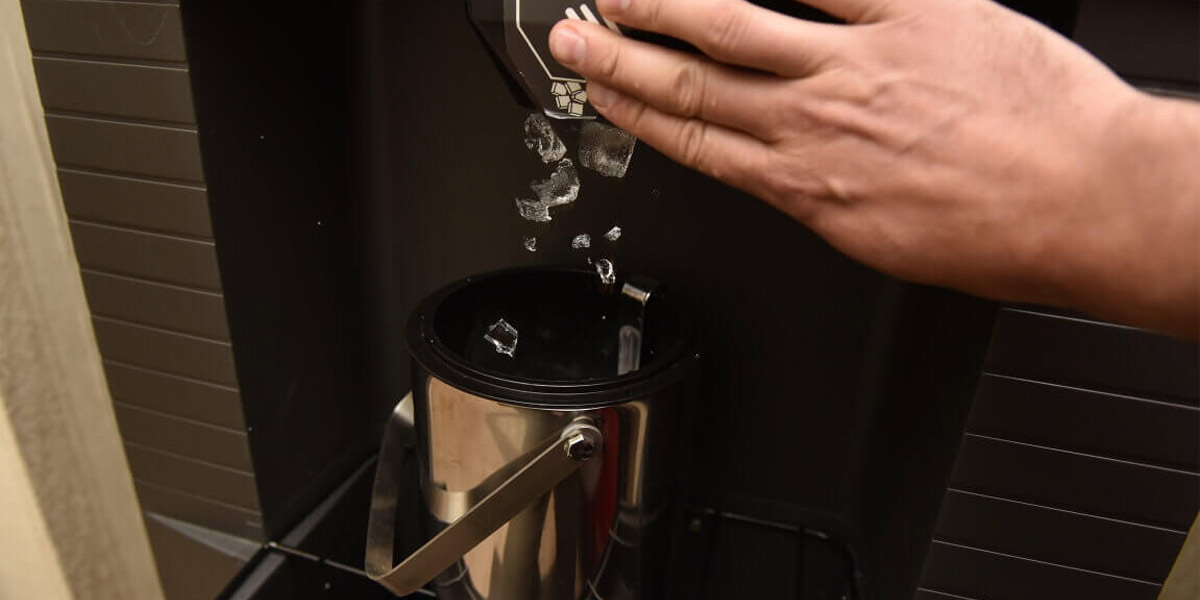
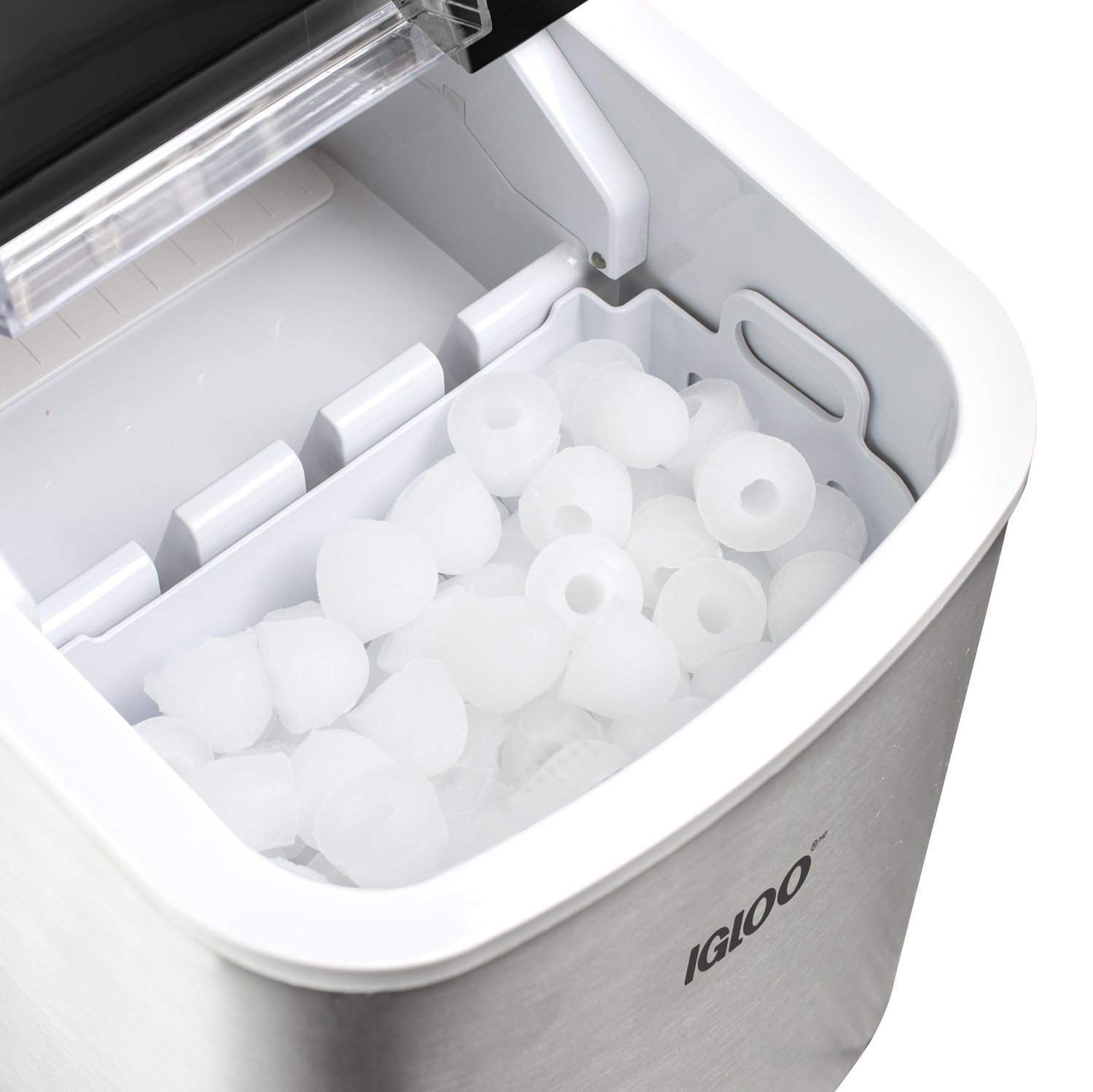
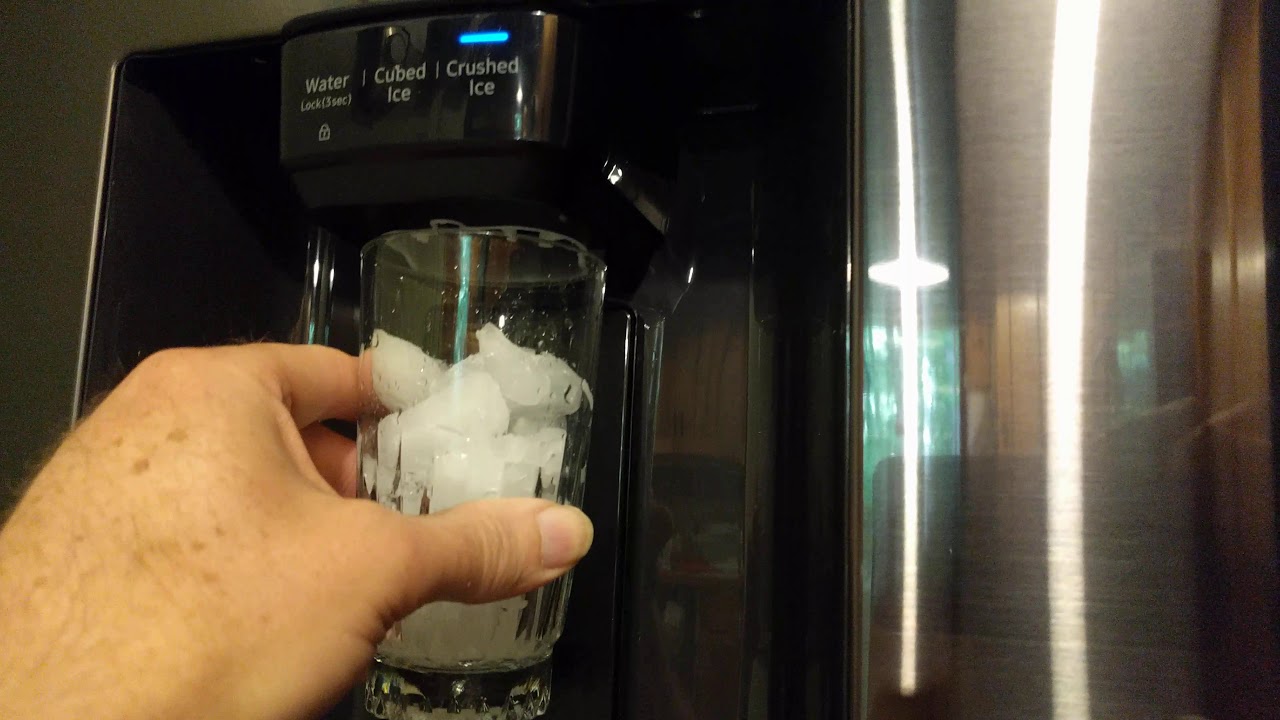
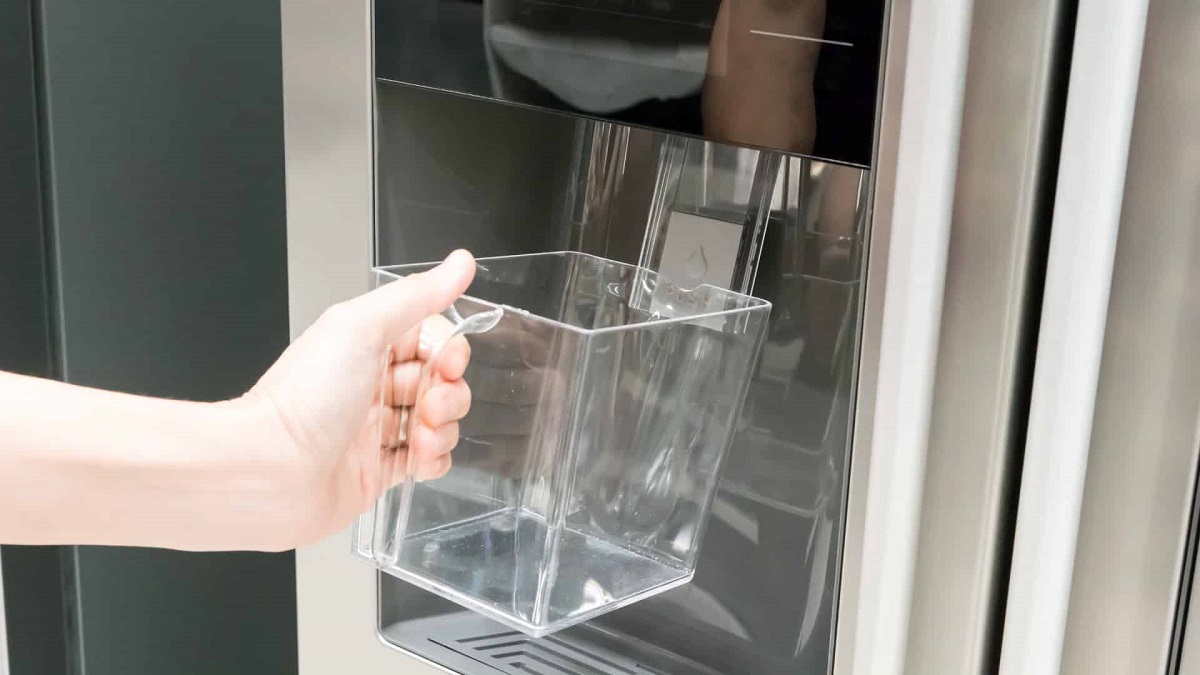

0 thoughts on “Why Is My Portable Ice Maker Not Working”